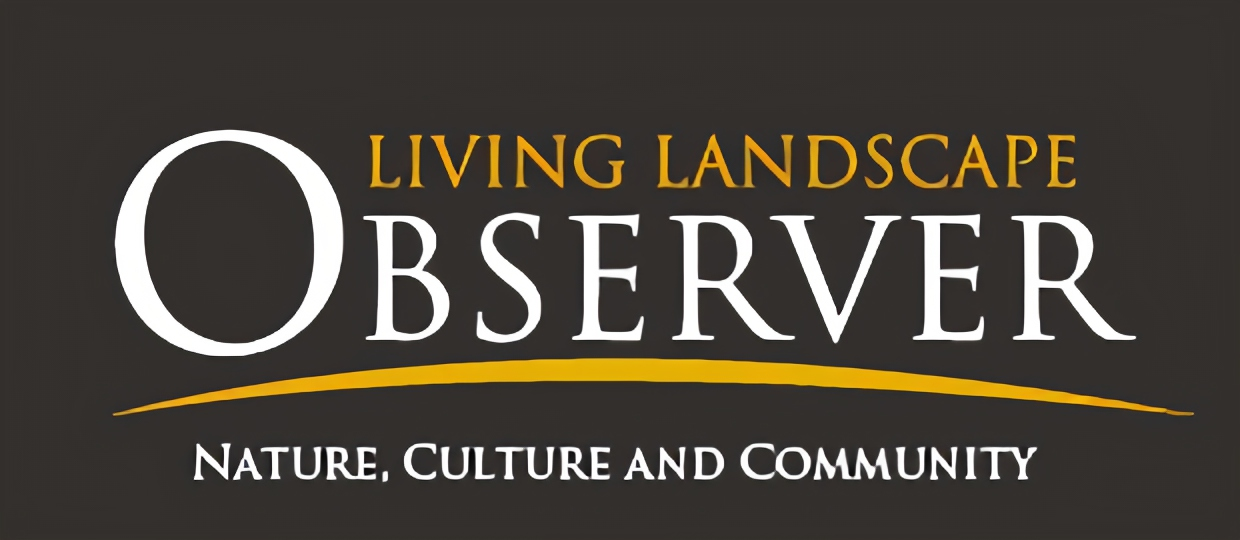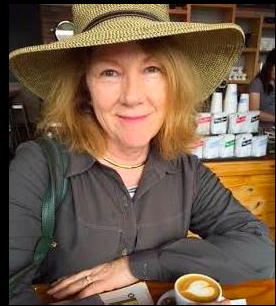To provide observations and information on the emerging fields of landscape scale conservation, heritage preservation, and sustainable community development.
Newsletter
Stay up-to-date with the latest nature, culture and community news.
We won’t spam you or share your information. Newsletters are sent approximately 10 times a year. Unsubscribe at any time.
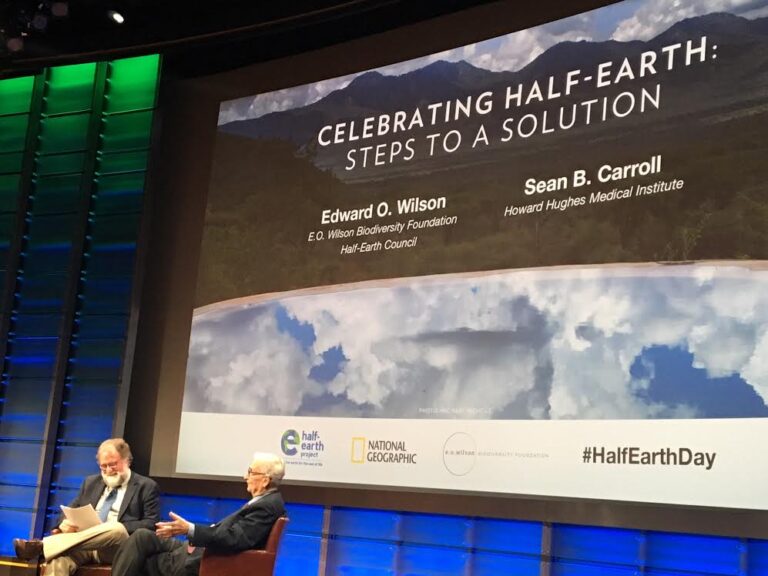
Half Earth and Thirty by Thirty – Large Landscape Ideas Take Hold
How much of our planet needs to be protected to conserve its biodiversity? Renowned biologist, naturalist, and author E.O. Wilson proposes saving half the planet. He argues it is the amount required to save 80 percent of the world’s species. More recently a global scientific consensus has emerged around a more specific formula – to conserve 30 percent of the planet’s lands and waters by 2030.
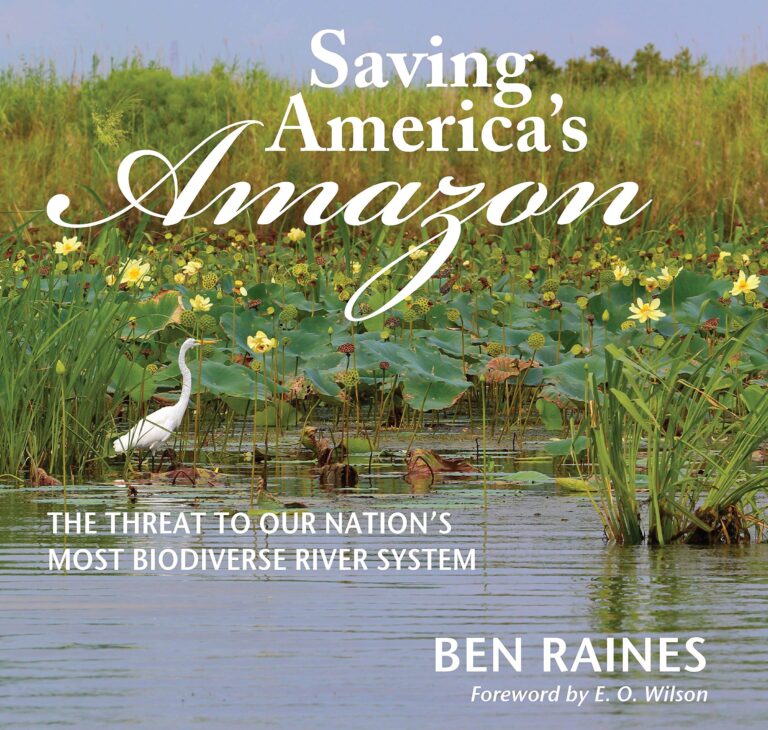
Saving America’s Amazon: The threat to our nation’s most biodiverse river
Saving America’s Amazon: The Threat to Our Nation’s Most Biodiverse River by Ben Raines takes us deep into one of those places that need our best ideas on protecting one of our most valuable, but little know watersheds – the Mobile River system and specifically the Mobile-Tensaw Delta. Beautifully written and illustrated, this book is a testament to why we need to act now.
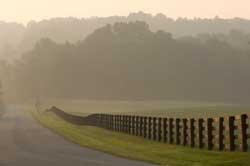
The National Heritage Areas Act: Now is the Time
The first National Heritage Area was designated in 1984 and today there 55 areas showcasing the nation’s rich cultural and natural resources. But while evaluations and lived experience show the success of the idea, official acknowledgement of NHAs as part of the park service family has not been achieved despite years of advocacy. Read here why now is the time to recognize NHAs as a legislatively authorized component part of the National Park Service.
The Next Four Years: Trends in Landscape Scale Conservation
The conservation community is awash with lists of what the new administration needs to do to reduce if not reverse the damage of the last
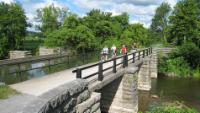
Landscape Scale Community and Economic Development
Creating and implementing programs to jump start community and economic development is never easy. However, there are many benefits of doing so at a landscape scale. The opportunity for regional promotions, sharing capacity building initiatives, and assembling a critical mass of attractions are just a few. What are some successful examples of this work and what might the future hold?

Half Earth and Thirty by Thirty – Large Landscape Ideas Take Hold
How much of our planet needs to be protected to conserve its biodiversity? Renowned biologist, naturalist, and author E.O. Wilson proposes saving half the planet. He argues it is the amount required to save 80 percent of the world’s species. More recently a global scientific consensus has emerged around a more specific formula – to conserve 30 percent of the planet’s lands and waters by 2030.

Saving America’s Amazon: The threat to our nation’s most biodiverse river
Saving America’s Amazon: The Threat to Our Nation’s Most Biodiverse River by Ben Raines takes us deep into one of those places that need our best ideas on protecting one of our most valuable, but little know watersheds – the Mobile River system and specifically the Mobile-Tensaw Delta. Beautifully written and illustrated, this book is a testament to why we need to act now.

The National Heritage Areas Act: Now is the Time
The first National Heritage Area was designated in 1984 and today there 55 areas showcasing the nation’s rich cultural and natural resources. But while evaluations and lived experience show the success of the idea, official acknowledgement of NHAs as part of the park service family has not been achieved despite years of advocacy. Read here why now is the time to recognize NHAs as a legislatively authorized component part of the National Park Service.
The Next Four Years: Trends in Landscape Scale Conservation
The conservation community is awash with lists of what the new administration needs to do to reduce if not reverse the damage of the last

Landscape Scale Community and Economic Development
Creating and implementing programs to jump start community and economic development is never easy. However, there are many benefits of doing so at a landscape scale. The opportunity for regional promotions, sharing capacity building initiatives, and assembling a critical mass of attractions are just a few. What are some successful examples of this work and what might the future hold?
